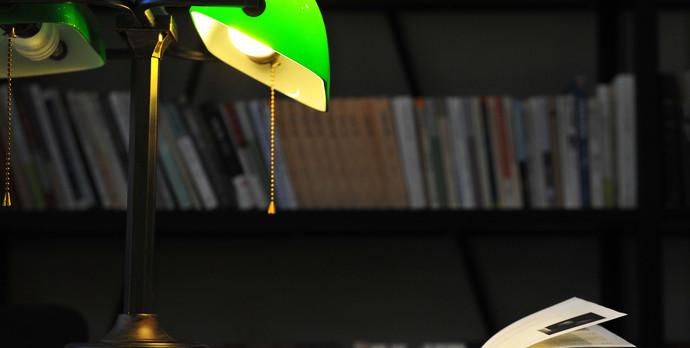
In 1901, Liang Qichao published an article entitled "Narrative of Chinese History" in the Qinghui Bao. At the age of 28, he put forward a proposal with "century-old influence": rewriting the history of China.
Restoring ancient history and continuing to write national history require two kinds of historical materials. If historians restore history by studying paper documents, then archaeologists restore history by excavating physical historical materials, especially history that is almost not documented.
Liang Qichao's long-cherished wish has passed on the relay in the hands of several generations of iterative gengs, and has borne fruit one after another, and has cultivated the positive results of the collection. For example, Qian Mu's "Outline of National History", Fan Wenlan's "Compendium of General History of China", Zhai Bozan's "Outline of Chinese History", Bai Shouyi's "General History of China", and so on.
Speaking of which, the writing of national history advocated by Liang Qichao in those years, "not only to write national history with paper documents, but also to enrich national history with archaeological materials", is very international. In 1921, the first excavation of the yangshao village site, the official birth of modern Chinese archaeology. As a result, Liang Qichao's forward-looking insights were finally put into practice.
Archaeology has long been seen as an unpopular in the ivory tower. Some people think that archaeology is nothing more than treasure digging and treasure hunting, which is far from real life. In fact, from the archaeology profession to the archaeological industry, from the archaeological cause to the archaeological industry, China's modern archaeology, which has gone through a century of development, is pragmatic and truth-seeking, pioneering and enterprising, and further reveals the law of historical evolution on the basis of restoring the history of the country, and constantly provides The world with Chinese cases and Chinese wisdom.
Starting from the restoration of ancient history and the continuation of national history, the definition of archaeology has been revised and enriched in China and in the new century: archaeology is the science of studying the history of ancient human society through physical materials, and "more and more attention is paid to the protection, display and utilization of cultural heritage such as ancient cultural relics and ancient ruins." Archaeology, which was originally based on discovery and research, extended its functions such as conservation and utilization.
On the one hand, in the construction of disciplines, many new disciplines have been added, such as public archaeology, cultural heritage protection, and exhibition and dissemination of archaeological site museums.
On the other hand, with the increase of the public's demand for cultural relics and site visits, site museums and heritage parks have been built. This has led some archaeologists to participate in the preparation of exhibition outlines, docking form design and exhibition arrangement, etc., and even many scholars have become archaeological curators.
In recent years, archaeology has begun to enter a new stage of integration of culture and tourism, and the display and dissemination of archaeological achievements has gradually moved from museums to a larger platform. For example, the "National Treasures", "China National Treasures Conference", "China Archaeological Conference" launched by CCTV, etc., involve a large number of excavated cultural relics and archaeological sites.
In the past, we emphasized that "content is king", but now we have also begun to pay attention to formal innovation and creativity first, focusing on the combination of content and value, form and creativity. The display and utilization of archaeological achievements, the planning and creativity of cultural and creative products, must be combined with modern society, people's lives, and the needs of consumers, such as archaeological blind boxes, archaeological ice cream, archaeological coffee, etc.
At the same time, the concept of cultural creation has also consciously broken through the concept of "small objects", large-scale landscape cultural creation, immersive experience programs have competed to appear, and the creation of China's original archaeological theme park is no longer just an idea.
Standing at the starting point of the next century's development road, activating and utilizing archaeological achievements and archaeological resources, telling Chinese stories to the world, and spreading Chinese charm should become the conscious pursuit of modern Chinese archaeology.
(The authors Are Gao Menghe and Song Yuhan, professors and doctoral students of the Department of Culture and Bo of Fudan University, respectively)